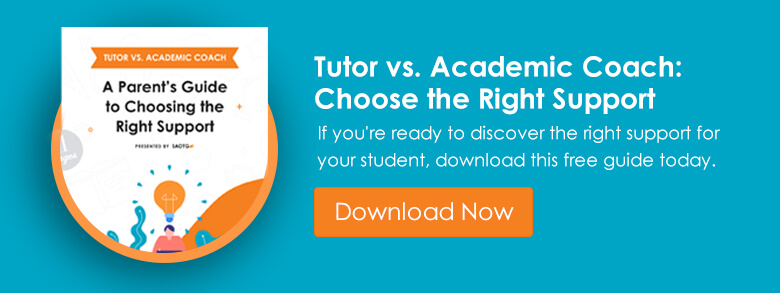Parents and students alike often dread the mere mention of summer reading. For students, the topic is but a painful reminder of the inevitable return to school in August. Summer reading reminds them that the hiatus from schoolwork is temporary. For parents, summer reading is almost always a fight. However, summer reading doesn’t have to be miserable for either party. By following the principles outlined below, summer reading can be efficient and enjoyable.
Firstly, goals always help. As Dwight D. Eisenhower once said, “the plan means nothing but planning is everything.” Goals help give us a plan, which in turn provides structure to a typically unstructured activity. Without a goal, summer reading often subsides to procrastination. As August looms large, students are forced to plow through a book in one night or worse, skip the book and read the SparkNotes. That’s no way to enjoy the written word. Instead, students (and their parents) should establish a “finish line” for their summer reading well ahead of the first day of school. Once we have an end date for this project, we can work backward to develop habits and find incentives to stay on track.
Did somebody mention habits? We are huge habit people here at SAOTG, and summer reading is a unique opportunity to build, maintain, and internalize habits outside of the traditional school structure. As students matriculate from grade level to grade level, their time increasingly becomes their own. Therefore, the importance of managing one’s time with discipline and integrity becomes a high-value skill. Habit formation boils down to three essential ideas: make it easy, make it obvious, and make it rewarding.
First, make it easy. I will never understand why students (and people in general) think habits must be hard. It’s a false obstacle. The fact of the matter is easy habits stick. For example, if a student aims to read 100 pages per night during the summer, I will often tell him or her to aim for ten instead. If the student reads ten pages, the goal is accomplished, and the streak remains alive. If the student reads 112 pages, the goal is accomplished, and the streak remains intact. Just like Jerry Seinfeld joke writing, we live and die by the streak. Momentum determines success in summer reading. So, make it easy.
Second, make it obvious. I often ask students how many times they picked up their cell phones on an average day. Then, I ask how many times they picked up their summer reading book. The cell phone always wins. Why? When students get bored in the car, the cell phone is in their pocket. When their brother is late picking them up from baseball practice, the cell phone is in their pocket. All the time, the cell phone is very much within arm’s reach. But, you know what often isn’t within arm’s reach? The summer reading book. To level the playing field, I encourage students to keep the summer reading books in an obvious, high eye contact zone, such as on their nightstand, car, or bathroom counter.
Third, make it rewarding. Part of the cell phone appeal discussed in the previous paragraph has to do with dopamine. As discussed in other posts, cell phones are dopamine slot machines, where every notification demands our attention. To give the summer reading book a fighting chance, we must make reading rewarding. For some students, this is as simple as thinking about how this book will help develop their character or intellect. For others, incentives reign supreme. Feel free to get creative here and make sure to put the incentive in writing, so everyone is on the same page.
With these three principles of habit formation in mind, students can ensure summer reading won’t fall by the wayside. However, summer reading can become more enjoyable with a few more adjustments.
Annotating isn’t for your teacher’s benefit. Learning how to annotate well can help a student personalize the book’s core message. An English teacher once told me that reading a book is like having a conversation with the author. He then explained that if you never offer anything back, the discussion will be pretty stale. Annotating is how students talk back. Students should write comments, questions, and reactions in the margins so they can ponder them later. This is particularly helpful if a student doesn’t like the book. I often encourage students to underline and annotate passages they find redundant, offensive, or boring. Surprisingly, they pay more attention when they are critiquing the novel rather than passively gazing at it. When a student loves the book, the annotations deepen that love. Take a look at any teacher’s copy of the summer reading book. It’s often packed to the gills with insights, questions, and retorts. Student copies should follow suit.
Make summer reading social. I have a few students who read their summer book alongside a parent, sibling, friend, or grandparent. Like annotating, discussion helps personalize the book’s core message. Students not only benefit from the discussion but also the added accountability of another “student”. Give this a try if your student appears apathetic toward his or her reading assignment.
I loved reading, but I had to fight for it. Just because a student is less than thrilled about a summer reading assignment doesn’t mean they can’t turn into a bookworm. All it takes is the right mix of clever habits and strategic comprehension tools.
For more ideas on how to help your student make the most of this summer, please visit our blog page. Better yet, reach out today to learn more about our unique one-on-one academic coaching services.





